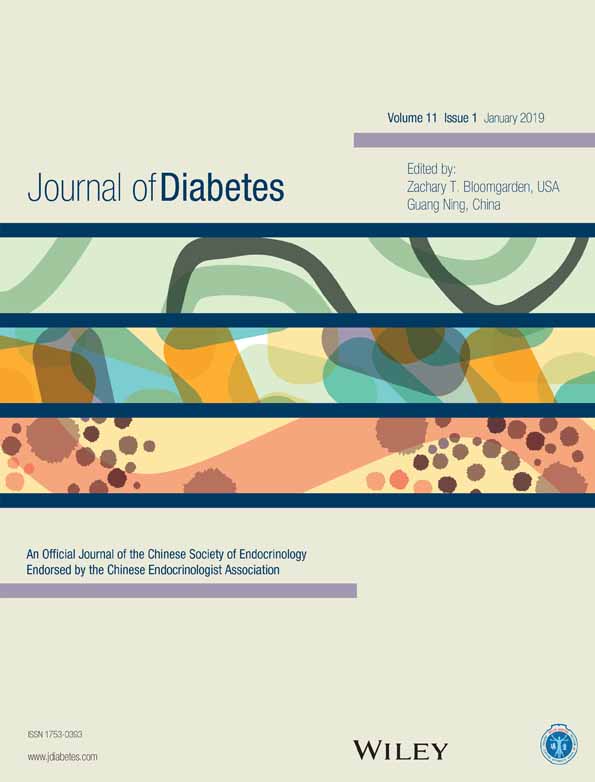Alcohol consumption, depressive symptoms, and the incidence of diabetes-related complications
酒精消费量、抑郁症状与糖尿病相关并发症发生率之间的关系
Abstract
enBackground
Heavy alcohol consumption in individuals with type 2 diabetes mellitus (T2DM) is related to increased risks of diabetes-related micro- and macrovascular complications. Depressive symptoms may be relevant to this relationship, because high depressive symptoms are associated with an increased risk of complications. This study investigated whether the interaction between depressive symptoms and alcohol frequency was positively related to the development of neuropathy, retinopathy, nephropathy, and coronary artery disease (CAD), such that those with high depressive symptoms and high alcohol frequency will be at increased risk of complications.
Methods
Data were from five waves of the Evaluation of Diabetes Treatment annual survey including 1413 adults with T2DM in Quebec. Data on alcohol frequency (number of drinking occasions), depressive symptoms, and complications were collected annually. The development of each complication was investigated using multiple logistic regression analysis with generalized estimating equations.
Results
After adjusting for sociodemographic, lifestyle, and diabetes-related covariates, the interaction between alcohol frequency and depressive symptoms was positively related to the incidence of neuropathy and CAD, such that those with high depressive symptoms who drank the most frequently had the highest risk of neuropathy (odds ratio [OR] 1.02, 95% confidence interval [CI] 1.00–1.04; P = 0.04) and CAD (OR 1.02, 95% CI 1.00–1.04; P = 0.04). This interaction was not significantly related to retinopathy or nephropathy.
Conclusion
Individuals with high depressive symptoms and high alcohol frequency may have a particularly high risk of neuropathy and CAD. Future prevention efforts should examine both alcohol frequency and depressive symptoms when evaluating the risk of complications.
Abstract
zh摘要
背景
2型糖尿病(T2DM)患者大量饮酒可导致糖尿病相关的微血管以及大血管并发症风险增加。抑郁症状可能与这种关系有关, 因为严重抑郁症状可导致并发症的风险增加。这项研究调查了抑郁症状与饮酒频率之间的相互作用是否与神经病变、视网膜病变、肾病以及冠心病(CAD)的发展呈正相关。具有严重抑郁症状并且频繁饮酒的患者出现并发症的风险增加。
方法
数据来源于5次评估糖尿病治疗效果的年度调查研究, 总共纳入了1413例魁北克成年T2DM患者。每年收集饮酒频率(饮酒次数)、抑郁症状以及并发症相关数据。使用多重logistic回归分析与广义估计方程来调查每种并发症的发生情况。
结果
校正社会人口学、生活方式以及糖尿病相关协变量后, 发现饮酒频率与抑郁症状之间的相互作用与神经病变以及CAD发病率之间呈正相关, 因此具有严重抑郁症状并且饮酒最频繁的患者出现神经病变(优势比[OR]为1.02,95%置信区间[CI]为1.00-1.04;P = 0.04)与CAD(OR为1.02,95% CI为1.00-1.04;P = 0.04)的风险最高。这种相互作用与视网膜病变或者肾病之间都没有显著的相关性。
结论
具有严重抑郁症状且频繁饮酒的患者出现神经病变与CAD风险的可能性特别高。未来我们在做预防工作评估并发症风险时, 应该调查饮酒频率与抑郁症状。




